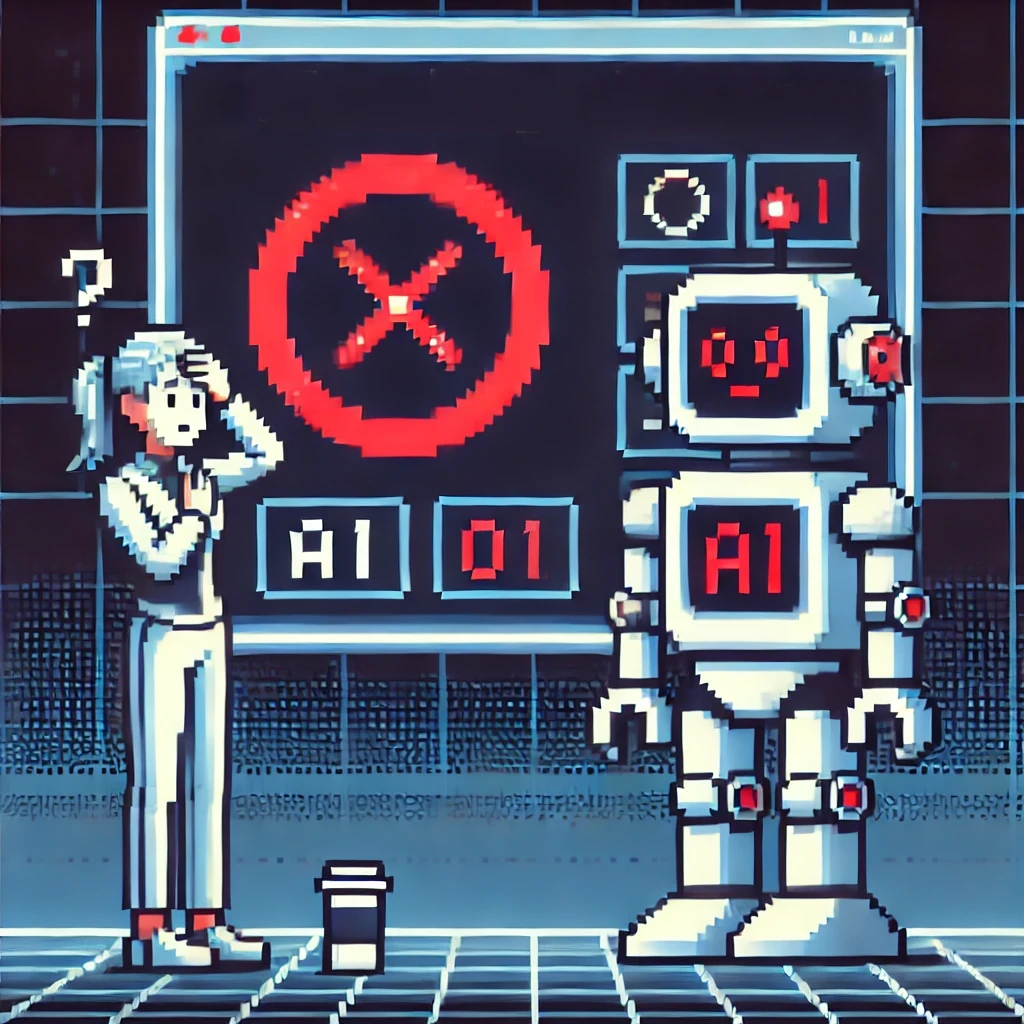Incorrect Results
AI can sometimes produce incorrect results due to issues in its data, training, or design. These errors can affect decision-making, predictions, and responses in various fields. Some common causes of incorrect AI outputs include:
- Incomplete or Biased Data – AI learns from the data it is given; if the data is flawed, the AI will make incorrect predictions
- Misinterpretation of Context – AI may not fully understand human language or intent, leading to wrong answers (e.g., chatbots giving inaccurate responses)
- Limited Training Data – If an AI has not been trained on enough examples, it may struggle with new or unusual situations
- Errors in Algorithms – Mistakes in the AI’s coding or design can cause incorrect outputs
- Overfitting or Underfitting – AI may focus too much on specific patterns (overfitting) or fail to learn enough from data (underfitting), reducing accuracy
It is important to monitor AI for incorrect results as errors can lead to misinformation, unfair decisions, or security risks.

AI Hallucinations
When an AI generates false, misleading, or nonsensical information that is not based on real data such as:
- AI inventing fake news articles or sources
- AI making up non-existent facts about history or science
- AI generating incorrect legal or medical advice
Why do AI Hallucinations Happen?
- Lack of proper training data – AI fills gaps with incorrect guesses
- Overconfidence – AI makes up answers instead of admitting uncertainty
- Pattern matching issues – AI incorrectly connects unrelated information
How to Reduce AI Hallucinations
- Train AI on high-quality, verified data
- Encourage AI to admit uncertainty instead of guessing
- Regularly test and update AI to correct errors
